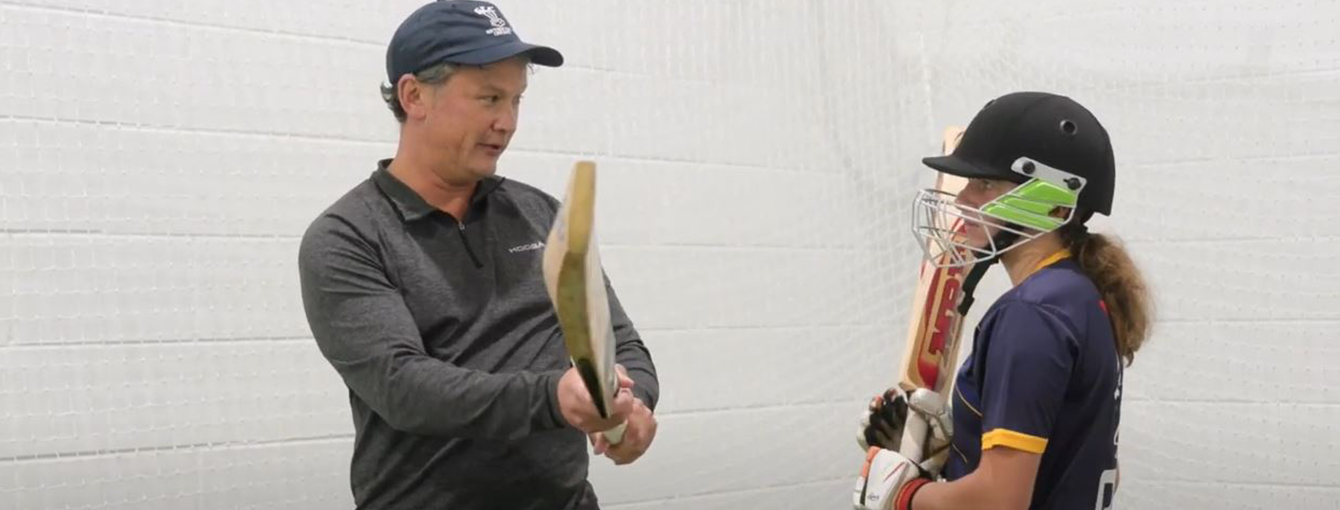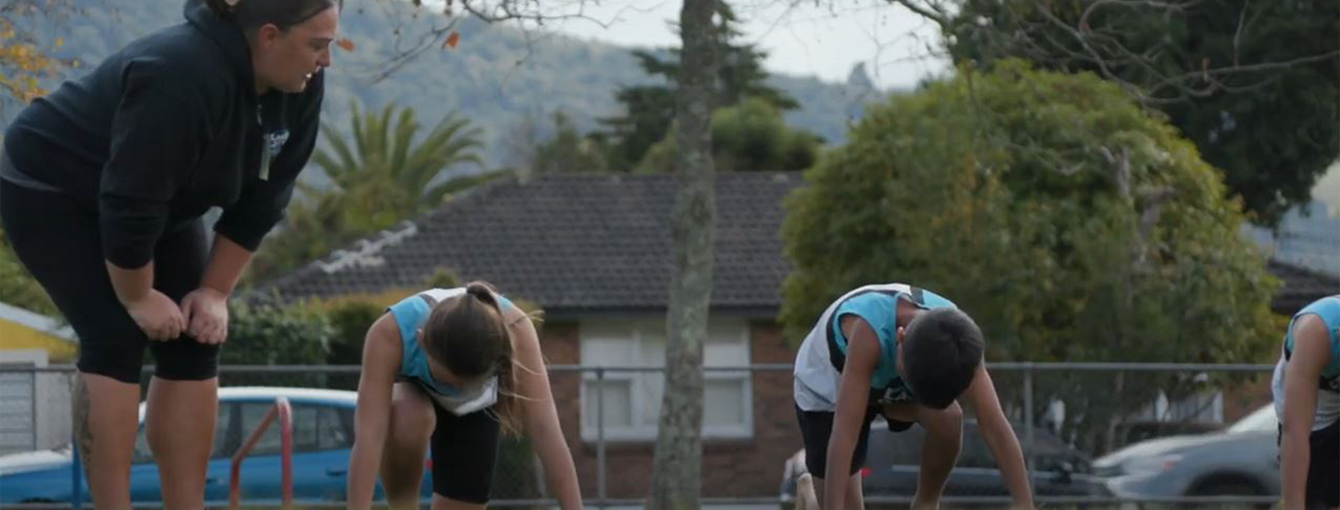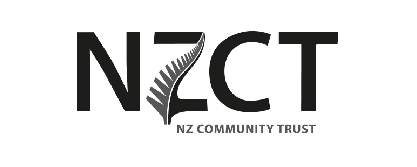
Volunteer Recruiting
- Club Assistance
- Coach Development
- BayTrust CoachForce
- Volunteering in the Bay
- Women and Girls
- Good Sports
- Spaces and Places Strategy
- Disability Sport
- Forsyth Barr BOP Sports Awards
- Advocacy for sector
Volunteer recruiting

Advice for recruiting good volunteers - with a bit of planning, and an understanding of effective actions you can recruit and retain volunteers.

The old model for volunteering:
○ Roles happened at a particular location and during a set time or day of week.
○ Volunteers were expected to stick around for a long time There was also an expectation that volunteers would stick around for a while.
Unfortunately, though, this old model does not reflect what many people want nowadays.
The new model for volunteering:
○ Offer flexibility around when, where and how people can volunteer.
○ Make sure you have a diverse range of roles that make it easy for people to commit for a short, medium or long time.





Key steps in the recruitment process:
Step 1: Ask people to volunteer
Studies show that asking people to volunteer is a very effective recruitment strategy. Other avenues for recruiting volunteers include events, advertising and community noticeboards.
You can also list your volunteering opportunities on the Volunteering Bay of Plenty website
Step 2: Promptly answer expressions of interest
Don’t leave people hanging! People will disengage with a process pretty quickly if they’re not receiving a response. A quick response makes potential candidates more likely to stik with the recruitment process.
Step 3: Screen candidates
Interviews and police checks help you find the right people for your club or organisation, and are an important step to safeguarding young and vulnerable people in your club and community.
Step 4: Welcome volunteers
Welcome the volunteer to the club and give them an orientation of facilities and equipment available. Also invest in job-specific training so the volunteer feels equipped for the role.
Step 5: Keep them coming back
When volunteering, people may be looking for friendship, recognition, upskilling or training. Get to know your volunteers and, where possible, offer them experiences and opportunities at your club or organisation. Volunteers are more likely to stay with your club if they feel like they are getting something from their volunteer experience.
Step 6: Provide support and respond to issues
Appoint a mentor if possible, and offer constructive feedback that helps the volunteer build on their skills and lets them know they are doing a good job. It’s also important to make sure volunteers know where to get help if required, and you’re clear about accountability and lines of management.
Resources:
Below is a list of downloadable templates and resources that cover the basic administration of recruiting volunteers.
Training
Sport New Zealand offers free online training modules on topics such as protecting against competition manipulation, child protection in play, active recreation and sport and how to create inclusive and safe environments.
Police vetting
The NZ Police Vetting Service provides criminal history checks and relevant information on potential and current employees, volunteers and vocational trainees. The main purpose of police vetting is to protect society’s most vulnerable members. Your organisation will need to register to submit documents for police vetting, and a nominal fee is charged.
Job description
A job description helps potential volunteers understand what is involved in the role.



















